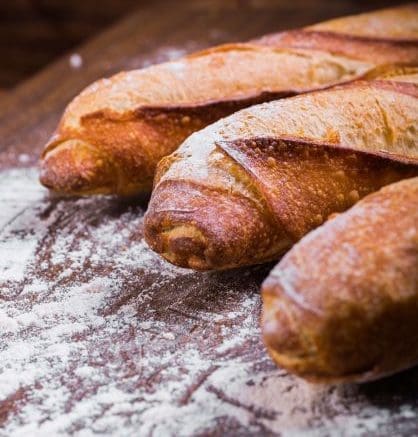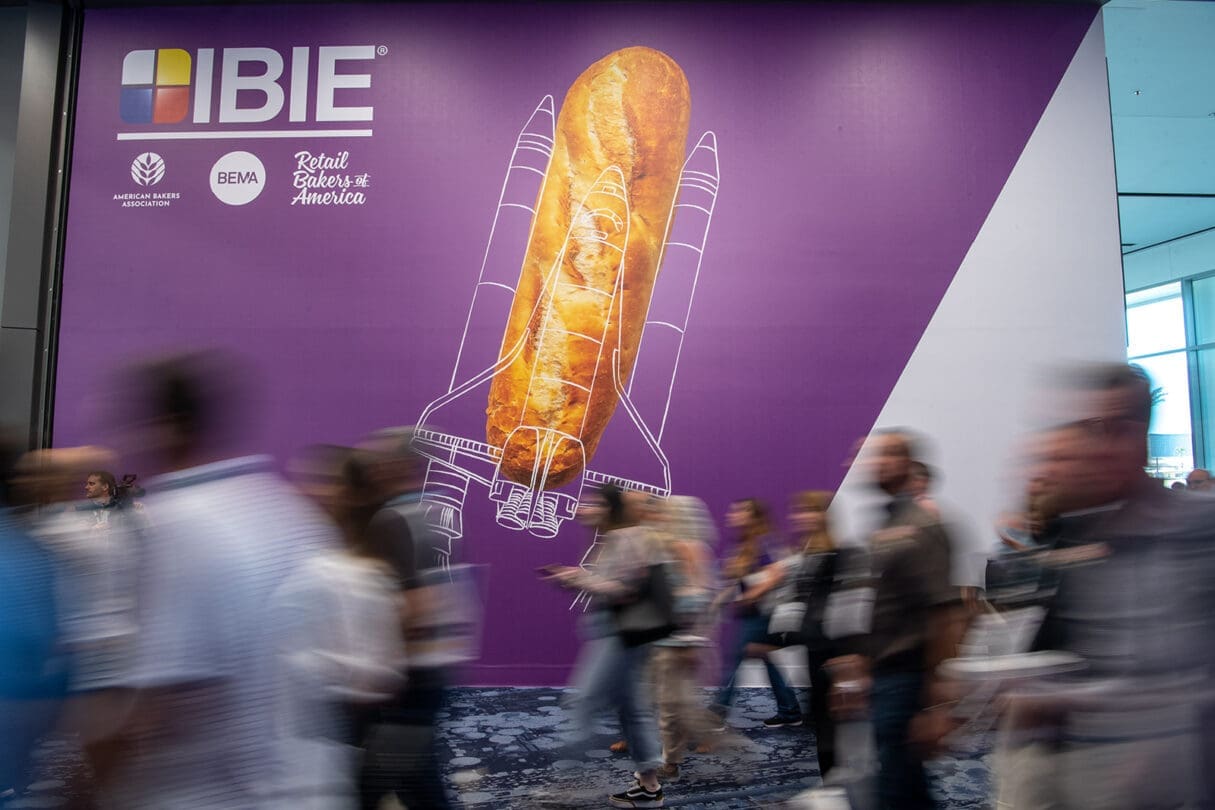To overcome the difficulties brought about by the pandemic and the war in Ukraine, the bread making industry has had to rethink its methods, resulting in innovation and change.

Over the past two years the world has witnessed a series of worldwide transformations that, without exaggeration, could be defined as epic, given the way that they’ve profoundly affected the lives of billions of people, their way of thinking, and consequently their way of seeing the world.
The Covid-19 pandemic, followed by the war in Ukraine, have brought relevant, but latent, topics to the forefront of public debate, topics such as climate change. Other closely related issues, like that regarding the use of plastic, have changed course within just a few short months. Still others, like the interconnection between various production systems, have made themselves strongly felt in our daily lives for the first time in years.
We’ve long heard talk about globalization, the free movement of goods, people, knowledge, and capital, but never before had we so powerfully realized the extent to which this global freedom of movement could become a serious hazard when what’s being circulated is a deadly virus.
It’s impossible, therefore, to come up with local solutions to a crisis that requires a search for global solutions. We’ve now realized that, in order to function, a world market needs all of its hubs to be working properly and efficiently: no man, nor any production system, is an island.
The topics of ecology, of respect for the environment, and of the need for an unsustainable production system to change its pace, have, in general, asserted themselves forcefully. But at the same time, hygienic-sanitary regulations imposed by measures intended to contain the spread of the virus, have caused new habits and new consumption methods to develop.
For instance, the trend which viewed packaging as an enemy to be fought by any means available, encouraging, for example, the purchase of bulk products, was replaced by thoughts regarding the possibility of sustainable packaging, capable of combining hygienic-sanitary needs and ecological needs.
The war in Ukraine, though unrelated to the pandemic which brought the world to its knees in 2020, has further intensified a series of trends that were triggered by COVID-19. The need to address the shortage of natural gas, for example, has forced a profound re-examination of energy sources, industrial production methods, and even personal habits.
The freeze on the production of wheat in one of the most important grain production regions in the world has, once again, highlighted the negative aspects of such extreme interdependence between global production systems.


Within this quickly outlined scenario, the bread making industry plays an exemplary role, encapsulating all of the aforementioned issues. The grain crisis has, for example, forced a rapid development in the conversation about the use of alternative flours. But that’s not all. The ecological challenge has also encouraged broad debate within the bread making world regarding production technologies, as well as those used for packaging and preservation. The results vary greatly.
For example, there’s talk of a new wave in baking, which has seen the emergence of more and more young, independent bakers, who have even come together in a movement known as PAU, Panificatori Agricoli Urbani [Urban Agricultural Bakers] and whose motto is “Bread for Change”, with a programmatic manifest. Meanwhile, in a more strictly industrial context, a trend that has emerged is that of soft wellness, the tendency to combine the aforementioned search for new, healthier, and more beneficial flours with a specific focus on flavour and sensory gratification.
To this end, new consumption habits, also outside of and aside from the changes sparked by the pandemic and the war, have led to further changes in the bread making world, in particular when it comes to the study of long fermentation processes, the use of sourdough starter, and other practices aimed at combining flavour and wellness.
Furthermore, the world of industrial baking is obviously not outside of the debate regarding the use of plastic and packaging in general. There are many new developments taking place within the baking industry: from the study of isothermal containers made out of recycled waste from the fishing industry to flow-pack packaging in paper or recycled materials.
A whole chapter unto itself is dedicated to the world of products created for the bread making industry in order to deal with new consumption habits like, for example, the ever-growing spread of gluten intolerance and forms of celiac disease.
From an ancient art, bread making has today become an industrial sector that’s undergoing a profound transformation, rich in innovation and change. In this issue of Food Processing you’ll find a partial and temporary, though undoubtedly useful and updated, map which will help you to orient yourself among the most recent developments in the world of bread baking. Are you ready to go?




